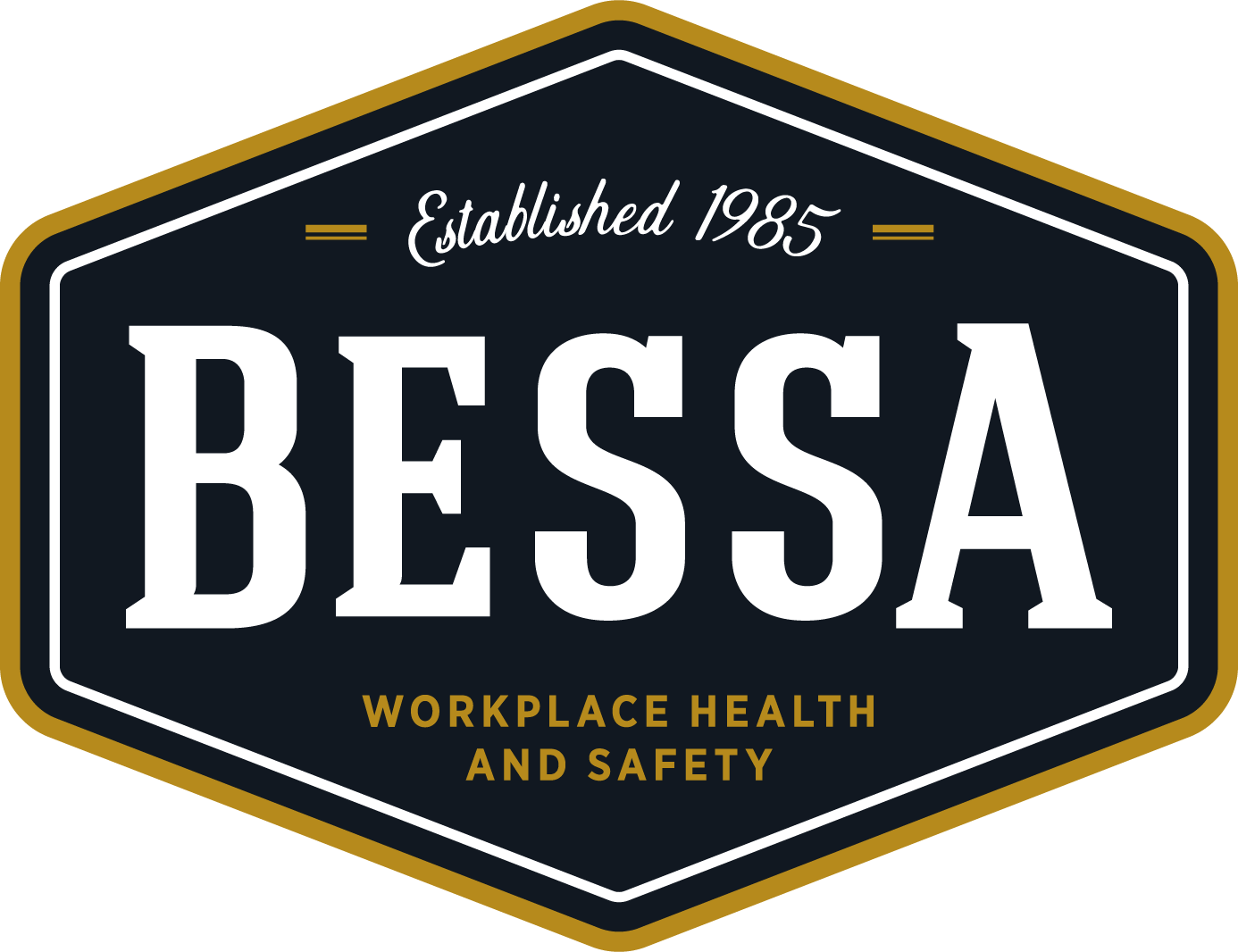Essential Oils: Cure-Alls or Harmful Compounds?
What remarkable substance can relieve sleeplessness, calm anxiety and even cure the common cold? If you believe the claims made in those sincere-sounding ads in magazines, on TV and floating around the Internet, the answer is essential oils. But recent research shows these substances may not always be as healthful or helpful as the manufacturers would like you to believe.
Essential oils are described by their makers as the “essence of a plant,” distilled or pressed from seeds, bark, stems, roots and flowers. Depending on the source and production process, these oils may be diffused, applied to the skin, consumed or used as cleaning agents.
Like supplements, essential oils usually aren’t required by the FDA to list all ingredients on the label, nor do they need to gain FDA approval before they’re sold to consumers. Essential oils are usually presented as a benign and natural means of countering common health problems, but there’s new concerning research that some may cause harm.
In a recent study that evaluated 24 commercial essential oils, all were found to emit one or more potentially hazardous volatile organic compounds (VOCs), including acetaldehyde, acetone and ethanol.[1] Half the oils studied contained toluene, a toxic chemical that can cause dizziness and headaches as well as long-term reproductive damage and respiratory complications.[2] Even essential oils labeled “natural” and “organic” were found to emit hazardous VOCs.
Diffusers, used to vaporize the chemicals, enhance the likelihood of exposures that can cause headaches and other health effects in some individuals. Since it is not possible to predict who, among workers and the general public, will experience these undesirable effects, it is best practice to prohibit the use of diffusers in the workplace.
—
Sources:
[1] "Volatile Chemical Emissions From Essential Oils," Journal of Air Quality, Atmosphere & Health, Vol. 11, No. 8 (October 2018).
[2] OSHA, OSHA Infosheet. Available online: http://www.osha.gov/Publications/OSHA3646.pdf. Accessed March 18, 2019.

